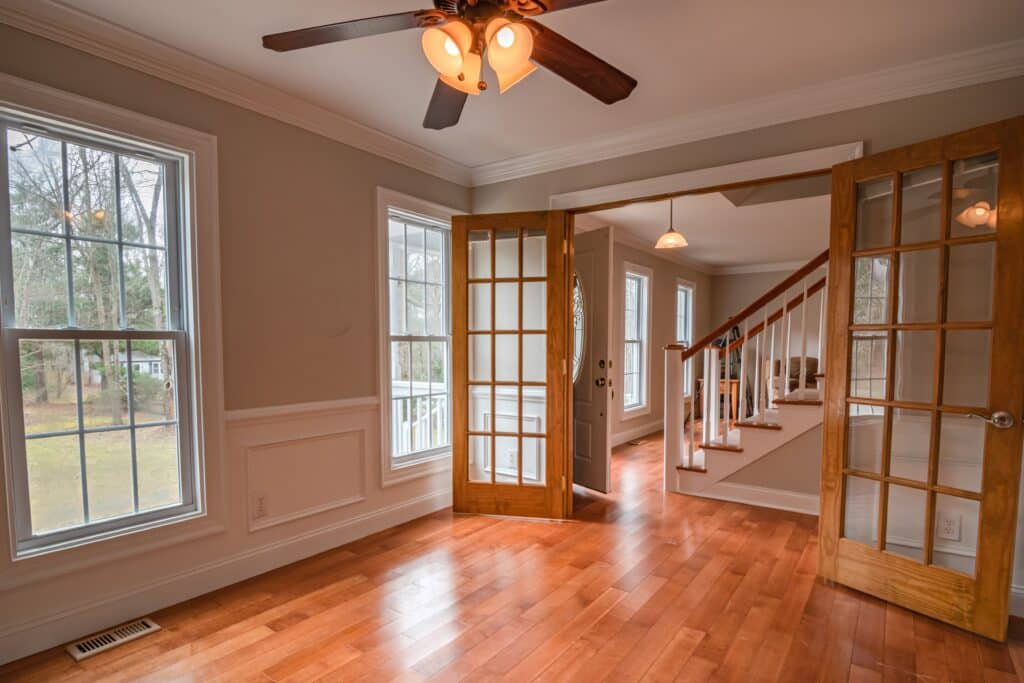
Owning a rental property can be a lucrative investment, providing a steady stream of income while building equity. However, along with the rewards come responsibilities, one of which is the ongoing maintenance and management of the property. One of the key debates that often arises in the realm of property management is distinguishing between “normal wear and tear” and damages that require repair. Striking the right balance between the two is not only essential for maintaining the property’s value but also for fostering positive landlord-tenant relationships. In this blog post, we’ll delve into the nuances of normal wear and tear, the role of property management, and explore what’s fair for both parties involved.
Understanding Normal Wear and Tear
Normal wear and tear refers to the gradual deterioration of a property over time due to regular use and aging. It encompasses the minor damages that are inevitable even with the most responsible and careful tenants. These can include faded paint, worn-out carpets, and minor scuffs on walls. Essentially, it’s the natural result of living in a space.
The Property Management Factor
Property management plays a crucial role in maintaining the condition of a rental property. A skilled property manager is well-versed in understanding the difference between normal wear and tear and damage caused by negligence or misuse. They not only help ensure that the property remains in good condition but also act as mediators between landlords and tenants, facilitating open communication and conflict resolution.
Determining What’s Fair
Clear Communication: The foundation of a successful landlord-tenant relationship is transparent communication. From the outset, both parties should have a clear understanding of what constitutes normal wear and tear and what would be considered damages. This information can be outlined in the lease agreement to avoid misunderstandings later on.
Regular Inspections: Property managers can conduct regular inspections to assess the condition of the property. These inspections can help identify any issues early on and determine whether any damages are beyond the scope of normal wear and tear. Regularity is key here, as it allows for a comprehensive understanding of the property’s condition over time.
Depreciation Consideration: It’s important to consider the concept of depreciation when assessing damages. For instance, if a carpet has been in place for several years, its value has likely depreciated, and the cost of replacement shouldn’t necessarily fall entirely on the tenant. This fair approach acknowledges the fact that all elements of a property have a finite lifespan.
Tenant Responsibility: Tenants have a responsibility to treat the property with care and report any issues promptly. If damages are a result of negligence or misuse, it’s reasonable for the tenant to cover the costs of repair. Property managers can play a crucial role in explaining these expectations to tenants at the beginning of their lease term.
Conclusion
In the dynamic relationship between landlords, tenants, and property management, finding a balance between normal wear and tear and property damages is crucial. It’s fair for both parties to uphold their responsibilities: landlords maintaining the property’s structural integrity and tenants treating the property with care and reporting issues promptly.
If you’re a landlord, consider partnering with a reputable property management company. Their expertise can help you navigate the intricacies of property maintenance and ensure that you’re making informed decisions about repairs and replacements.
Tenants, on the other hand, can contribute to a positive living experience by understanding their role in property upkeep. Treat the property as if it were your own, and report any concerns or damages to your property manager as soon as possible.
Ultimately, fairness comes from open communication, respect for the property, and a mutual understanding of each party’s responsibilities. By working together, landlords, tenants, and property managers can create a harmonious living arrangement that benefits everyone involved and maintains the value of the property for years to come.
Get in touch with us today and learn more about our services.

